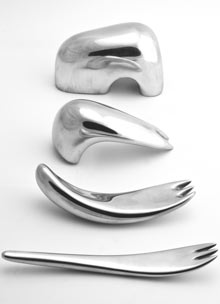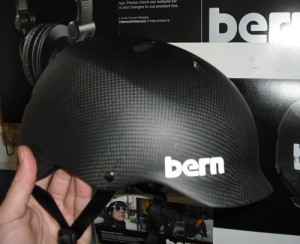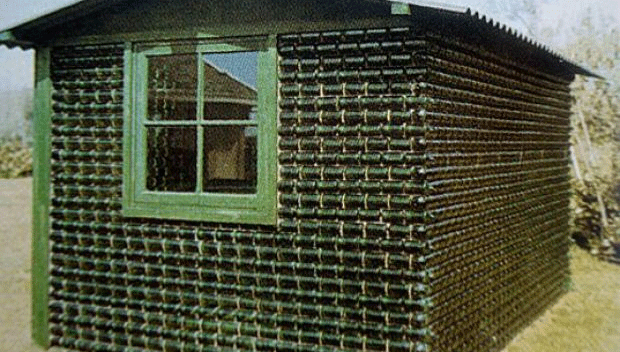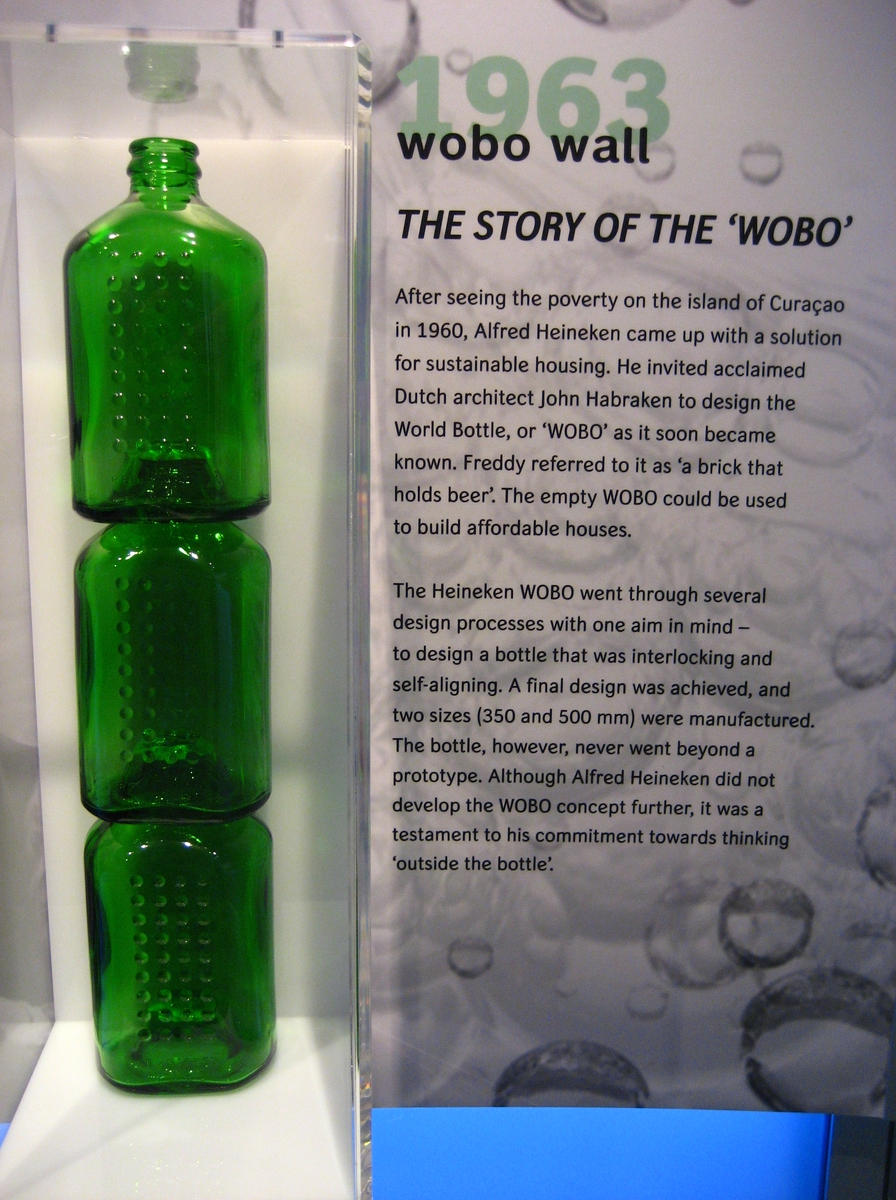“Designs of Today”……
When I look at the objects and buildings
around me, I immediately think about the designer or architect behind
them. The stages of the design process
and the various elements of design come to my mind, including the concept,
form/function, aesthetics/good design, whether the design is inclusive or exclusive,
ergonomic, useful or ornamental, accessible, ecological, technological, modern,
traditional or post-modern ……… I see
developments of previous designs and also innovations.
Studies about all aspects of life are
ongoing, and designers/manufacturers use the results of these studies. For example Ergonomics is the study of the
characteristics of human users and their relationship with the products,
systems and environments. Good designers
apply the findings of Ergonomics to their work in order to formulate the best
designs – designs that are more efficient than the ones produced before.
The following images show the differences between old and modern designs of ice-cream scoopers, shaving blades/razors and door handles. They show how the designs were developed over the years:
Bookofjoe, (2012), Clad's Disher — World's first mechanical ice cream server [ONLINE].
[Accessed 20 January 14]

cutco australia, (2014), Ice Cream Scoop #1503 [ONLINE]. A
vailable at: http://66.77.84.157/images/details/1503.jpg
[Accessed 20 January 14]
 LEMELS N-MIT, (2000), KING C. GILLETTE [ONLINE].
LEMELS N-MIT, (2000), KING C. GILLETTE [ONLINE].
Available at: http://web.mit.edu/invent/iow/images/gillettebar.gif
[Accessed 20 January 14]
Gillette Research Project, (2006), Research Topic [ONLINE].
[Accessed 20 January 14]
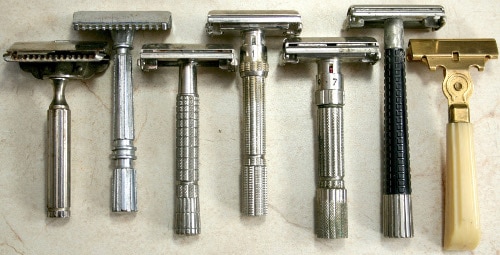
A Manly Guest Contributor, (2010), How to Buy and Restore Vintage Shaving Gear [ONLINE].
Available at: http://content.artofmanliness.com/uploads//2010/08/AOM2_Gem_Gillette_Schick_Safety_Razor.jpg
[Accessed 20 January 14]
Available at: http://content.artofmanliness.com/uploads//2010/08/AOM2_Gem_Gillette_Schick_Safety_Razor.jpg
[Accessed 20 January 14]

Fred Venturini , (2010), Gillette—Create a Razor With More Blades. Or Else. [ONLINE].
[Accessed 20 January 14]

Eric Yosomono, (2010), Doorknobs Weren't Actually Around Until ... [ONLINE].
[Accessed 20 January 14]
Crimes In Progress , (2010), The First Door Knob Was Patented in 1878 [ONLINE].
[Accessed 20 January 14]


CTV News, (2013), As of early 2014, any new housing units constructed in Vancouver will be required to feature lever handles instead of doorknobs [ONLINE]. Available at: http://www.ctvnews.ca/polopoly_fs/1.1554686!/httpImage/image.jpg_gen/derivatives/landscape_225/image.jpg
[Accessed 20 January 14]
The best products are those that are designed by people who really understand the needs of the different users, and following are some innovative designs:

The best products are those that are designed by people who really understand the needs of the different users, and following are some innovative designs:
This Vertebrae chair was designed to help people maintain a good posture while sitting down, and so to avoid back injuries as much as possible.
Parker Hatfield, (2014), Vertebrae chairs [ONLINE].
[Accessed 20 January 14]
A pair of scissors designed by Linda V. Taylor for left-handed people:

fabtalk, (2010), Cool Tools – Linda’s Batting Scissors [ONLINE].
[Accessed 20 January 14]
A table knife designed for people with weak wrists:

Nordic Care Service, (2013), Etac Relieve Ergonomic Table Knife For Weak Wrists [ONLINE].
Available at: http://www.nordiccare.co.uk/wp-content/uploads/2013/11/Relieve-angled-knife-for-arthritis3-440x440.jpg
[Accessed 20 January 14]
The design of the following spoon was based on the "weaknesses" of persons,
rather than the "strengths":

frenzy, (2011), Custom Assistive Spoon [ONLINE].
[Accessed 20 January 14]

frenzy, (2011), Custom Assistive Spoon [ONLINE].
[Accessed 20 January 14]
Nowadays, even people with severe physical and mental
disabilities can function within the society much better than before, and therefore be more independent, because they make use of devices that were designed for
their particular needs. Following are some examples:
A learning aid for the blind

At first Sight Braille jewelery , (2013), The Braille Alphabet Bracelet wins the 5th Annual People's Design Award [ONLINE].
[Accessed 20 January 14]
A reading device that helps people who suffered from strokes (that caused some brain damage to them) or have neurological disabilities.

Harvey Black, Special to the Journal Sentinel , (2014), Speech therapy taps e-readers [ONLINE].
Available at: http://media.jrn.com/images/199*137/mjs-kindle23_-nws_-porter_-.jpg
[Accessed 20 January 14]
A reading device that helps people who suffered from strokes (that caused some brain damage to them) or have neurological disabilities.

Harvey Black, Special to the Journal Sentinel , (2014), Speech therapy taps e-readers [ONLINE].
Available at: http://media.jrn.com/images/199*137/mjs-kindle23_-nws_-porter_-.jpg
[Accessed 20 January 14]
Michael Boulay's easy-to-grip fork designed for hemiplegics (people who have one side of their bodies paralysed):
ber design, (2012), Never Judge a Book By Its Cover…Always look a little further [ONLINE].
Available at: http://static.guim.co.uk/sys-images/Guardian/Archive/Search/2012/6/18/1340028398226/Mickael-Boulay-cutlery-de-001.jpg [Accessed 20 January 14]
Public buildings should be accessible for
persons with mobility problems, especially wheel-chair cases, so designs should
include safe slopes, lifts and other necessary features – “Accessible Designs”.
Designs that do not exclude any section of
society are called “Inclusive Designs”. The following measuring jug can be used by anyone. It's another innovative design and the persons using it do not need to bend in order to check the measurements. The strip around the inner part of the jug shows the measurements from the top.

Great News, (2014), OXO Gadgets Measuring Cup Angled 4 cup [ONLINE].
[Accessed 20 January 14]
OXO. (2012). OXO Angled Measuring Cup. [Online Video].
14 June. Available from: http://www.youtube.com/watch?v=XMiHj5fpiCI.
[Accessed: 20 January 2014]
Nowadays, “Environment/Green Designs” and
“Sustainable Designs” are extremely important.
Like everyone else, designers are now aware that over the years our
natural environment had been damaged due to waste and to excessive consumption
of energy and materials, especially during the manufacturing process of
products. This caused Global Warming,
health problems and other negative impacts, and therefore action had to be
taken by everyone to try and save our world, including the designers. Sustainable designs are designs that conserve
an ecological balance by avoiding the exhaustion of natural resources.
Back in the 1920s, Richard Buckminster
Fuller was trying to find solutions to the social problems and he had an
ambition to develop a “design science” based on the concept of “providing the
most with the least” – the Modern Movement principle – and he named this
concept “Dymaxion”, coming from ‘dynamic’ and ‘maximum efficiency’. In other words, he wanted to develop his
design concepts that would bring the best results when the least possible energy
and materials were consumed. Amongst his
designs, there was the Dymaxian car of 1934 that could pick up speed from 0 to
60 miles per hour in three seconds, with a fuel consumption of 30 miles per
gallon.
Nowadays we find a lot of
environmental-friendly products, such as:
- Organic baby clothes
- Organic / wooden toys
- Natural / organic personal care and bath products
- Journals, notebooks, cards and gifts wrappers made from recycled paper
- Stainless steel water bottles
- Bamboo kitchenware and furniture
To create environmental-friendly products, designers
and manufacturers take into consideration the product’s whole life cycle that
includes:
- The extraction of raw materials
- The ecological impact of their processing
- The energy consumed in the manufacturing process
- Any negative impacts by the products
- The energy required for the distribution
- The length of the products’ service life
- Component recovery
- Efficiency
- Recyclability (that reduces waste)
- The ultimate effects of disposal on the environment, for example landfill and incineration
Miniaturization also generates less waste
and therefore helps the environment. It
has other advantages too - less material is used to manufacture products that
are of a smaller scale and so they will be cheaper for the manufacturer. Reduction of scale results in less weight
too.
Something else that should be taken
seriously is ‘Design Safety’. In 1965, a
book by Ralph Nader entitled “Unsafe at any Speed: the Designed–In Dangers of
The American Automobile” was published. It shows that awareness about design safety had already started in the
1960s.

MCG , (2013), Bookshelf: Unsafe at Any Speed by Ralph Nader [ONLINE].
Available at: http://www.macsmotorcitygarage.com/wp-content/uploads/2013/04/Ralph-Nader-bookshelf.jpg
[Accessed 20 January 14]
So, one other reason why products are
developed nowadays is to make them safer to the user. Fire extinguishers, seat belts, airbags and
smoke alarms are amongst the products that are designed to save people in case
of accidents. Even the toy industry
takes into consideration the safety of children and toy products should be
marked with CE that stands for Conformité
Européene (European
Conformity).
Avertissement, (2014), Avertissement [ONLINE].
[Accessed 20 January 14]
When it comes to Sport products, designs
involve pushing materials and technologies to their limits. Sports equipment relies on research and
development. Designs are usually made
with the latest computer technologies, in accordance with ergonomic data and
designed to improve performance. Light
weight materials help improve performance. The image below shows a helmet made out of carbon fibre which is a light weight material.
brad in Product News, (2009), Bern Helmets Carbon Fiber Watts [ONLINE].
[Accessed 20 January 14]
One other thing that I’m going to mention is
the designs for Third World countries such as the WOBO - the World Bottle that
was designed in the 1960s. The aim of
such designs is to empower developing nations to meet their own needs, making
economic and environmental sense.
Rusty Blazenhoff , (2012), Heineken WOBO, A Beer Bottle Brick For Building Eco-Homes [ONLINE].
[Accessed 20 January 14]
Rusty Blazenhoff , (2012), Heineken WOBO, A Beer Bottle Brick For Building Eco-Homes [ONLINE].
[Accessed 20 January 14]
This reminds me again of our environment and of the world-wide efforts that are being made nowadays to avoid unnecessary waste by designing new objects and structures made out of re-used or recycled material.
Book: Fiell, C.F and P.F, (1999). Design of the 20th Century. 2nd ed. Germany: Taschen

